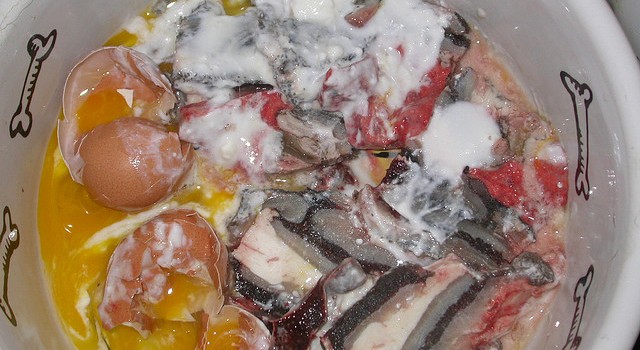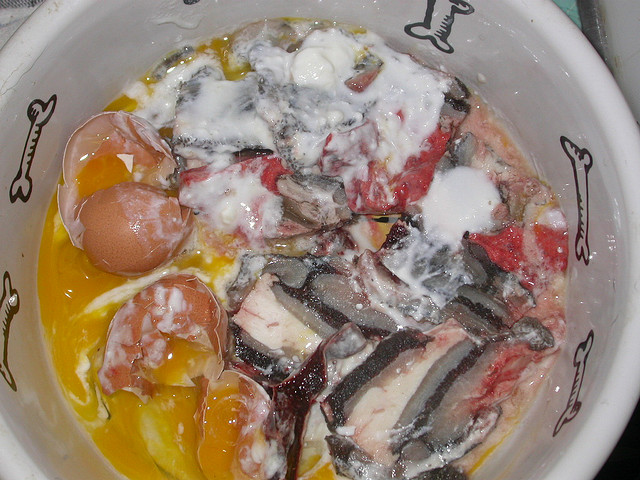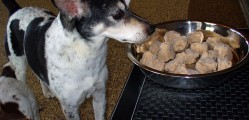Some experts insist that a shiny coat. longer life and more energy are contributed directly to feeding your pet a raw diet. But what about things like broccoli and cauliflower that I have heard are hard for an animal to break down unless it is fully cooked?
Do we have any animal nutrition specialists or anyone keen on the topic to let us know their opinions on this topic?
Below are some benefits of raw food diets and what you need to know about them:
Pre-prepared Frozen Raw Food
• A ready-to-feed, complete diet once thawed
• Pre-prepared frozen raw meat is mixed with vegetables, fruits, fiber, vitamins, minerals, and sometimes supplements
• Provides all of the vitamins and minerals for a complete diet
• Contains appropriate moisture content
• Comes in the form of medallions, patties, bricks, and tubes
• Needs freezer space
• Great nutritional value
• Can be expensive
• Takes slightly more prep time than feeding kibble or canned foodAren’t there more dangerous bacteria and contaminants in raw pet food than in raw grocery meat for humans?
Not necessarily. Raw food manufacturers know their food will be fed raw and therefore they take great pains to use quality ingredients and avoid pathogens during processing. The deep-freezing process itself takes care of many pathogens and parasites, and it doesn’t degrade the quality of the nutrients. And freezing affords easy shipping and storing.
Grocers, on the other hand, sell meat that they expect will be cooked to destroy any contaminants. The safeguards against parasites or bacterial counts are different for grocery meat than for a raw food-processing plant. Recent recalls are more often for dry and canned foods than for pre-prepared raw foods. My rule for all pet food is to use normal hygiene procedures. If you are concerned about bacteria in the food, wash your hands and bowls after feeding. This will help minimize pathogen transmission.
Article Source: Tips on Love & Life
Image Source: nancybeetoo on Flickr






Leave a Reply